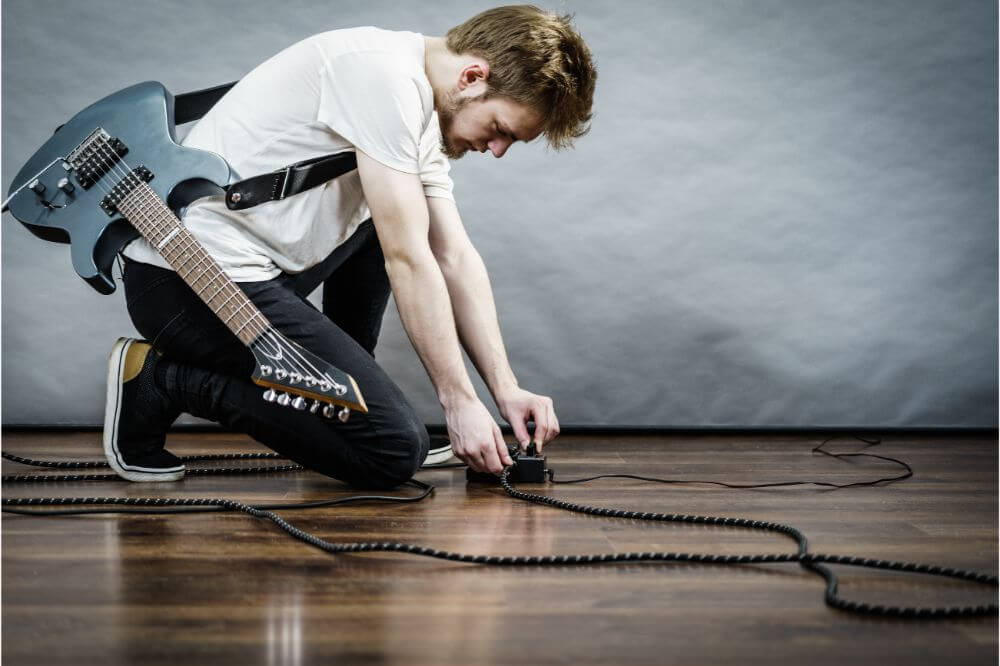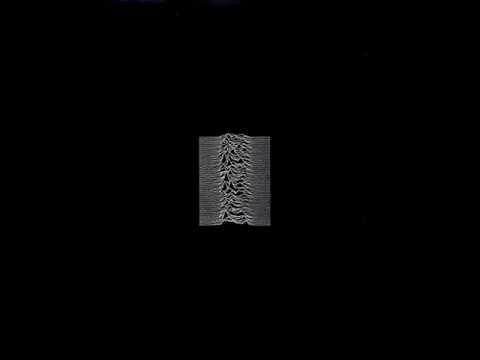One of the most frustrating things that can happen when you’re playing guitar is when your pedal stops working. Suddenly, all of your tone and effects disappear, leaving you with just your basic sound. This can be really frustrating, especially if you’re in the middle of a gig or practice session.
In this article, we will discuss some common causes of pedal problems and how to troubleshoot them. We’ll also provide some tips on how to keep your pedals in good condition so that they last longer.
What to do if your pedal isn’t working
If you’re having problems with your guitar pedal, the first step is to identify the issue. This can often be difficult, as there are many different parts that can malfunction in a guitar pedal. Some possible culprits include faulty wiring, low battery levels, or damage to the internal circuitry of the pedal.
Once you’ve determined the cause of the problem, there are several steps that you can take to troubleshoot and repair it. For example, you may need to consult the instructions manual for your specific pedal model, or try contacting a professional repair service for help.
Ultimately, the key is to stay calm and persistent in your efforts – with time and patience, you should be able to get your guitar pedal working again!
Common causes of pedal problems
There are many factors that can lead to problems with guitar pedals. Whether you’re dealing with faulty wiring or a malfunctioning switch, it’s important to understand the underlying causes in order to identify and address the problem effectively.
Some of the most common culprits include issues with components and circuitry, electronics malfunctions, and user error. By understanding these factors and taking necessary precautions, it is possible to minimize the chances of encountering problems with your pedals, allowing you to focus on what really matters: playing great music.
So whether you’re a seasoned pedal enthusiast or just starting out, always keep these key considerations in mind the next time you face a potential issue with your gear.

How to troubleshoot those problems
When you are working with guitar pedals, there may be times when you encounter some problems or issues. When this happens, it’s important that you know how to troubleshoot these issues effectively so that you can get your sound back up and running as quickly as possible.
The first step in troubleshooting is to try a few basic things, such as making sure all of your cables are correctly plugged into the pedals and that the pedals themselves are switched on. If this doesn’t solve the problem, then it’s time to take a closer look at your pedals, including checking for broken or frayed cables or any other signs of damage.
Additionally, you should examine the settings on each pedal to make sure they are configured properly. If all else fails, consider doing a reset on all of your pedals by unplugging them and plugging them back in again.
With these basic strategies in mind, you can stay on top of any problems that come up with your guitar pedals and keep rocking out!
Tips on how to keep your pedals in good condition
There are a few key considerations when it comes to maintaining your pedals in good condition. Perhaps the most important thing is to avoid exposing your pedals to excessive moisture or heat.
Water can quickly damage the delicate internal components of your pedals, while high temperatures can cause materials like plastic, rubber, and metal to become brittle and crack. In addition, it’s important to be gentle with your pedals and to keep them clear of dirt and dust.
A little care each day will go a long way in preserving the longevity of your pedals, allowing you to enjoy the benefits of this essential piece of cycling gear for many years to come.
Check pedal power supply compatibility
When choosing a guitar pedal power supply, one of the most important factors to consider is compatibility. Different pedals have different power requirements, so it’s crucial to make sure that your particular setup works well with the power supply you choose.
Some pedals require a steady voltage and current flow, while others may need only a short pulse of electricity to work properly. In addition, some pedals may be sensitive to noise or interference from other devices, such as digital effects units or amplifiers.
To ensure that your pedal power supply is compatible with your setup and will perform at its best, be sure to do plenty of research before making any purchase decisions.
With the right combination of pedals and power supply, you can enjoy long-term performance and hassle-free operation for many years to come.
Conclusion
When it comes to guitar pedals, there are a few key considerations to keep in mind in order to avoid potential problems.
By understanding the basics of how these devices work and taking proper care of your equipment, you can ensure that your pedals will provide years of trouble-free operation.
Additionally, if you do run into any difficulties, troubleshooting strategies like checking for damage or examining settings can help you get your sound back up and running in no time.
With a little knowledge and care, you can keep your guitar pedals working like new for years to come!




















